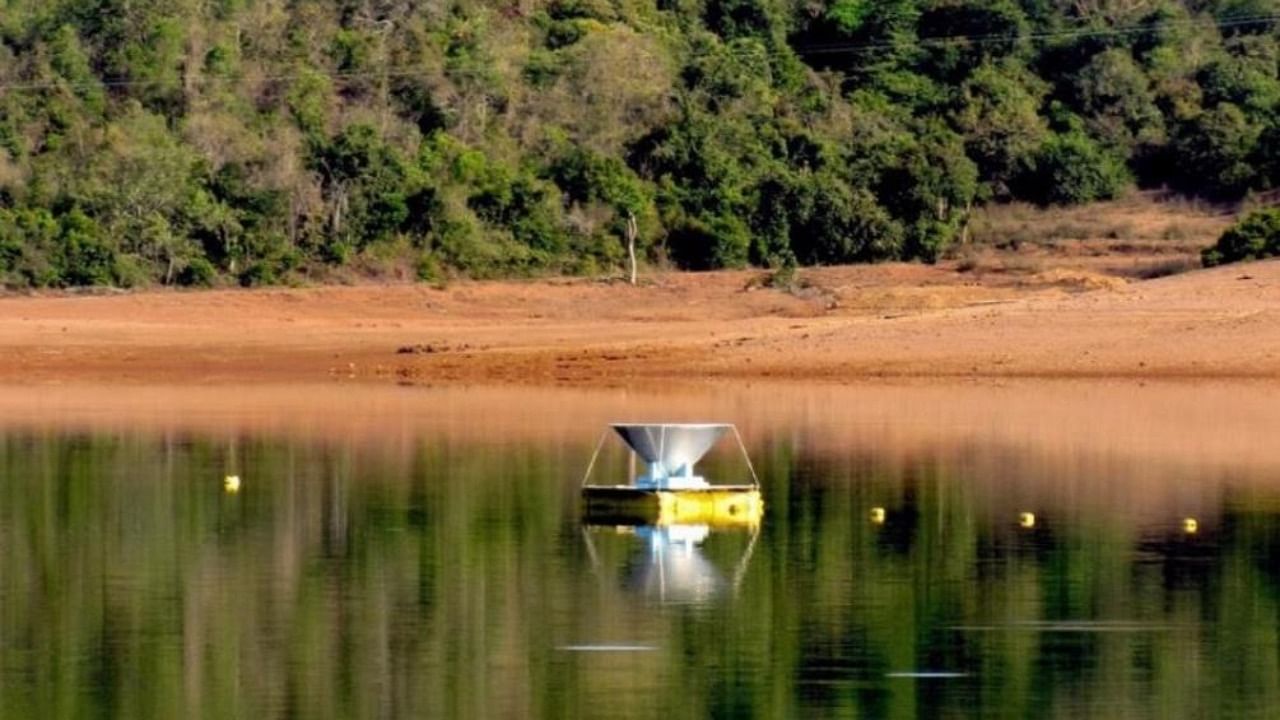
Researchers at the city-based Raman Research Institute (RRI) say they have conclusively refuted the claims of a signal being discovered by American researchers from the first stars found while studying the ‘cosmic dawn’.
Theories about the birth of the first stars a few hundred million years after the big bang had created a stir in the global astronomical fraternity. The findings, published in the latest Nature Astronomy journal, restored confidence in the existing cosmological model of the universe.
RRI astronomers who worked for close to four years inventing and building SARAS 3 radio telescope have refuted the findings of Arizona State University (ASU) and MIT scientists in the US.
Also read: 'Ask a scientist’ satisfies curiosities
The birth of the universe has always been a subject of curiosity among astrophysicists, many of whom have put out theories to explain the phenomenon. However, the ASI/MIT team’s discovery had created a buzz and was hailed by many as worthy of the Nobel prize and called for confirmation by the independent observatories.
The RRI’s SARAS 3 radio telescope is the first device in the world to reach the required sensitivity and conclusively refute the earlier findings. The experiment to design and build a precision radio telescope to detect extremely faint radio wave signals has been initiated and led by Prof Ravi Subrahmanyan and Prof N Udaya Shankar.
The telescope has been designed to detect even the faint cosmological signals, particularly radiation emitted by hydrogen atoms at the 21-cm wavelength arising from the depths of the cosmos.
“Earlier versions of SARAS were deployed initially at Timbaktu collective in Anantapur and subsequently in Ladakh,” explained Dr Saurabh Singh, a research scientist at RRI who led the data analysis.
“SARAS 3 was floated on Dandiganahalli Lake and Sharavati backwaters in North Karnataka for data collection. The telescope did not find any evidence of the signal claimed by the ASU/MIT researchers.
“The presence of the signal was rejected after a careful assessment of the measurement uncertainties. The findings further implied that the detection of ASU/MIT researchers was likely contamination of their measurement and not a signal from the depths of space and time,” Dr Singh clarified.
Astronomers still do not know what the actual signal looks like. “SARAS 3 is now geared towards discovering the true nature of the cosmic dawn. The team at RRI is planning more observations on remote lakes in India. These expeditions will allow us to detect the 21-cm signal from the cosmic dawn and unravel the last remaining gap in the history of the universe,” a scientist said.
Check out latest videos from DH: